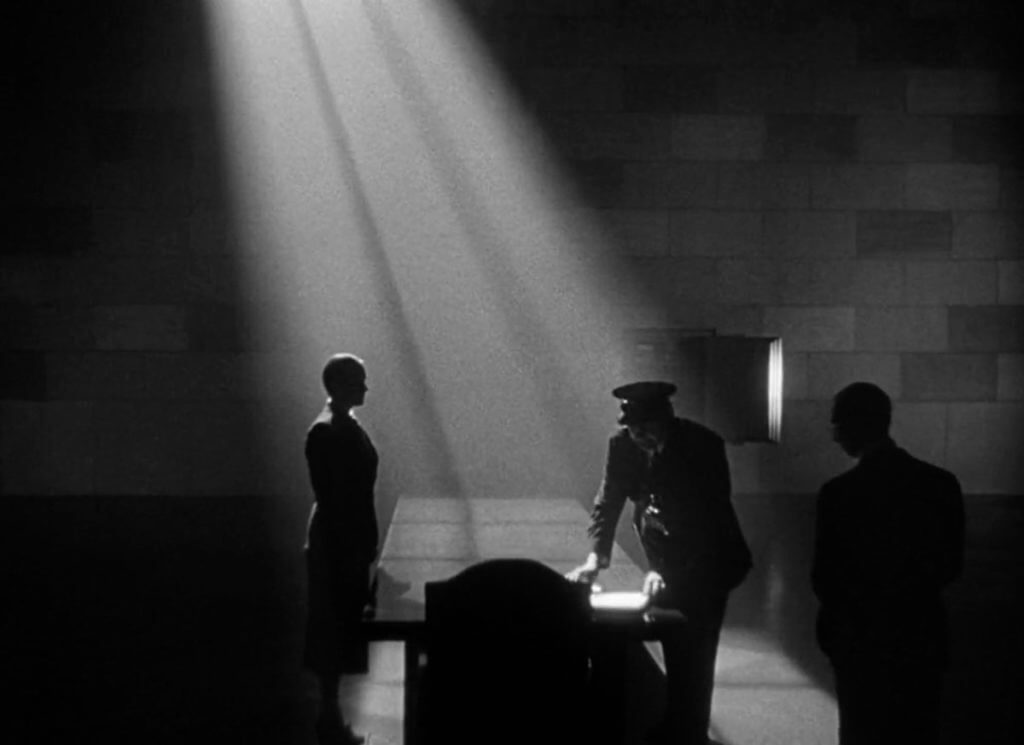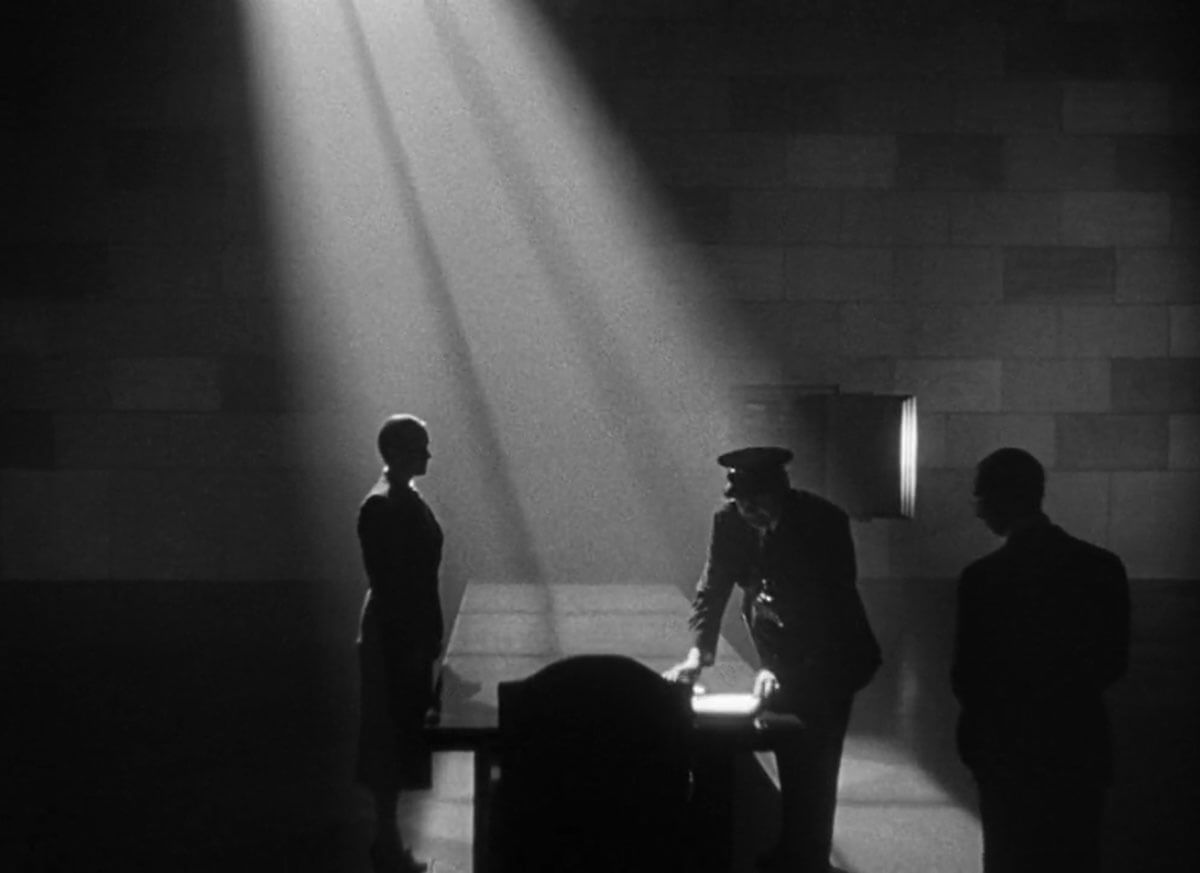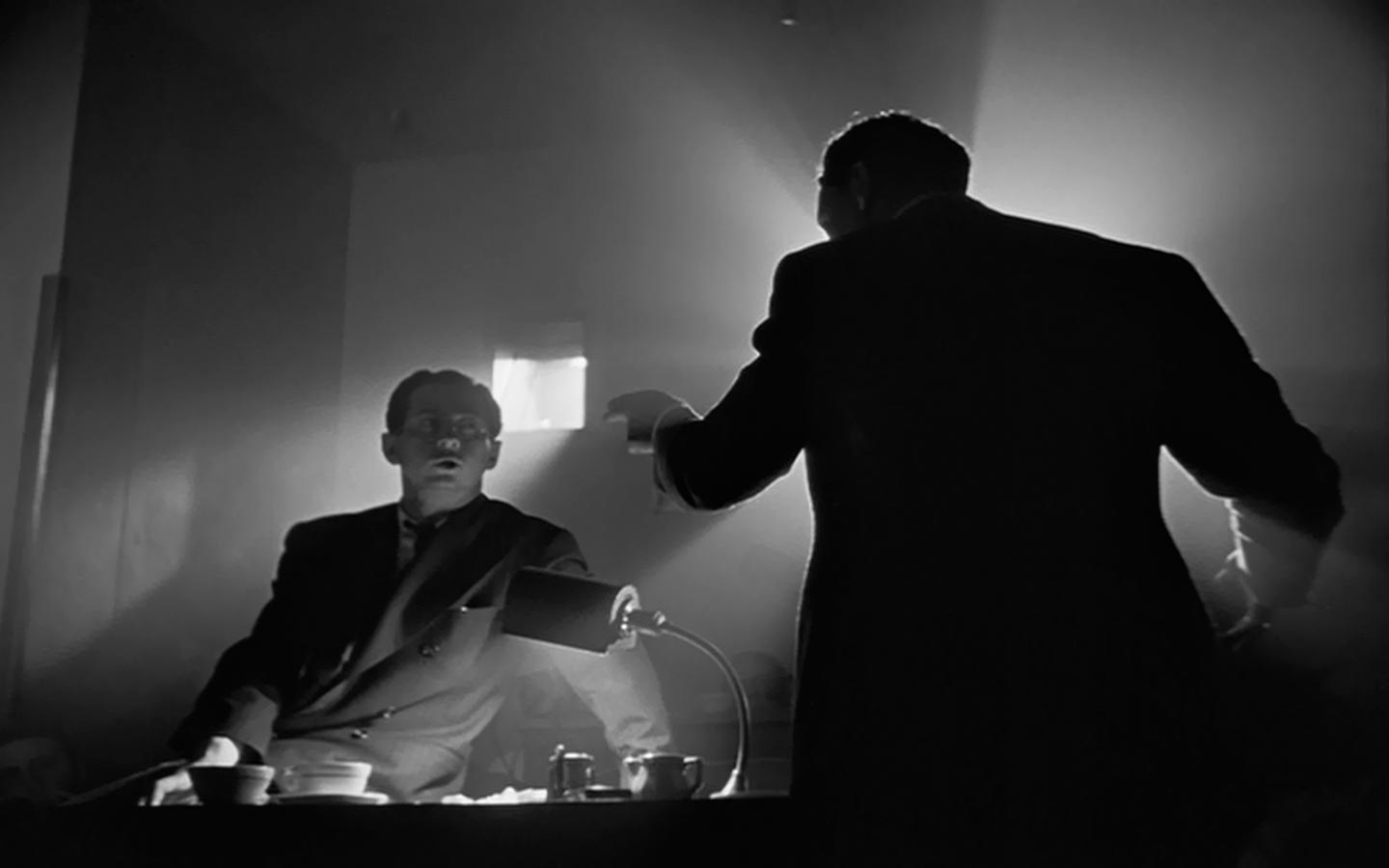Throughout the scene high-key lighting was given to Susan to represent her true value in Kanes life and control. Citizen Kane is a 1941 American drama film produced by directed by and starring Orson WellesHe also co-wrote the screenplay with Herman J.

6 Ways To Citizen Kane Your Film
The Zana du with all its paintings and statues portrays the wealth of the newspaper tycoon but at the same time its high ceiling and endless space show the.

. Experimenting with creative storytelling techniques and non-linear plot construction the director treated the time parameter sensitively replacing time continuity of real scene by a subjective continuity controlling the rhythm and. The Use Of Light In The Film Citizen Kane. Throughout the film lighting sets the mood of the scene and helps the viewer distinguish between who is a good character and who is a bad character.
In cinematography there is different types of lighting such as. Citizen Kane is considered by many critics and experts to be the greatest film ever madeFor 50 consecutive years it stood at number 1 in the British Film Institutes Sight. Orson Welles undeniable masterpiece Citizen Kane 1941 is one of the most acclaimed and discussed films of all times having also frequently been awarded with the title of greatest film ever made.
The director of Citizen Kane had the choice of making. It was able to gain the attention of people when it was first made which is due to the many techniques that were used in it and which could rarely be found in other movies that were made during the same era. Acting almost as a biopic biographical film Citizen Kane portrays a long period of time realistically allowing the characters to age as the story goes on.
Inventive use of shadows and strange camera angles following in the tradition of German Expressionists. With this film Welles introduced many new filmmaking innovations. Hard lighting is used again with the powerful over-head light shining solely on the table leaving the rest of the room in utter darkness.
Whereas Kane was given low-key lighting with a shadow casted on him the entire time. Some of the innovations were in cinematography storytelling techniques and special effects lighting. As far as editing standards and regulations ranked in the 1940s Citizen Kanes film was purely innovative and revolutionary.
The lighting has to also do the work potentially done by color palette and tone. Three point lighting fill light key light high key and low key lighting top or under lighting and many more. Approaching the end of the film there is a scene.
Unconventional lighting including chiaroscuro backlighting and high-contrast lighting prefiguring the darkness and low-key lighting of future film noirs. Three point lighting fill light key light high key. In the times when films were black and white the use of light is not easily visible.
Lighting is a crucial element of mise-en-scene in all films but especially so in black and white cinema. Citizen Kane is an excellent example of sounds but it is also connected to different techniques such as movements and cinematography technique. Director Welles utilized outrageous backlighting to capture the dramatic mood.
This was Welless first feature film. Orson Welles used the photography of his 1941 film Citizen Kane to emphasize aspects of the film he wanted viewers to focus on and to remove non-essential information from the frame. Film historians and critics consider Citizen Kane as one of the major motion pictures of the time.
Welles abundant use of detail which is distracting at times engulfs the viewer. Another essential dramatic attribute that Citizen Kane contains is lighting. Orson Welles 1941 film Citizen Kane is considered significant for its technical innovations with its use of deep focus lenses low angles high contrast lighting long takes and dissolves.
Citizen Kane uses a variety of different settings and objective lighting that overwhelms the audience. Citizen Kane is famous for its use of deep focus photography keeping all elements in the frame in focus simultaneously which required innovative combinations of camera lenses lighting and composition. Orson Welles used the cameo lighting technique frequently in his 1941 masterpiece Citizen Kane In fact throughout the film Welles uses lighting to give his settings dynamic gradients and compelling shadows.
Citizen Kane employs creative storytelling techniques as well. The critics and audiences fascination with the picture is deeply linked to its acknowledged status of. For instance in the scene where Kane is appeared after he obliterates Susan s room there is the use of exceptional backlight to cast a shadow over the top portion of Kane s face.
The use of lighting styles is necessary in films to bring attention to the scene and to be able to produce an interesting film. From scene to scene lighting is a way to communicate something about the given characters and settings. Instead of being told in a linear completely chronological manner Kanes story unfolds in overlapping segments that add.
For example in Citizen Kane extreme deep focus diverse camera angles including low angles that exposed set ceiling and unusual use of lighting and deep shadows all these techniques were used in the. The result as here is a rich mise-en-scène and depth-of-field within a single shot that layers Kane his about-to-be-sacked. Scene spacing is explored in Citizen Kane to create certain spatial depth.
This was accomplished through various camera techniques including manipulation of angles and proxemic patterns. Citizen Kane was made in 1941 during the golden age of Hollywood. In Citizen Kane Orson Welles uses creative innovative lighting techniques to send the audience messages about the characters and the themes at hand in each sceneWelles use of lighting throughout the film directs the audiences focus expresses key aspects of characters personalities and hints at the films overall themes.
In Citizen Kane Orson Welles lighting decisions allowed him to convey more implicit messages about the action on screen and reveal an. Citizen Kane 1941 use of a subjective camera. Citizen Kane is a 1941 American drama film directed co-written produced by and starring Orson Welles.
The use of lighting reflects within color because it gives the audience more to look at and it becomes very noticeable when the light changes for a specific scene. Citizen Kane is a 1941 drama film directed by Orson Welles and praised for its innovative sound and editing methods in cinematography. Techniques such as single source lighting creative use of shadows montage obscure camera angles and deep focus photography make the film more enthralling visually but also contributed to the narrative and many of the themes.
When the harsh light is interrupted a severe shadow forms and draws the audiences attention closely to the movement on screen. In the mansion that Kane. The production of the film brought to the field new techniques in focus shots transitions and lighting.
MankiewiczThe picture was Welles first feature film. In Citizen Kane Orson Welles and Greg Toland brilliantly use techniques like lighting camera angle and scene composition to evoke emotion and feeling within the viewer. Citizen Kane Film Techniques.
For example lighting techniques were used within the scene where Susan was leaving Kane.

Make The Most Of Mood Lighting Ecg Productions

Cameo Lighting Explained What It Is And How To Use It Videomaker

Cameo Lighting Explained What It Is And How To Use It Videomaker

Cameo Lighting Explained What It Is And How To Use It Videomaker

Make The Most Of Mood Lighting Ecg Productions

The Lighting Of Citizen Kane Media Design And Criticism

6 Ways To Citizen Kane Your Film
Lighting In Citizen Kane Blunt Comedy Reviews By Conor Chepenik
0 comments
Post a Comment